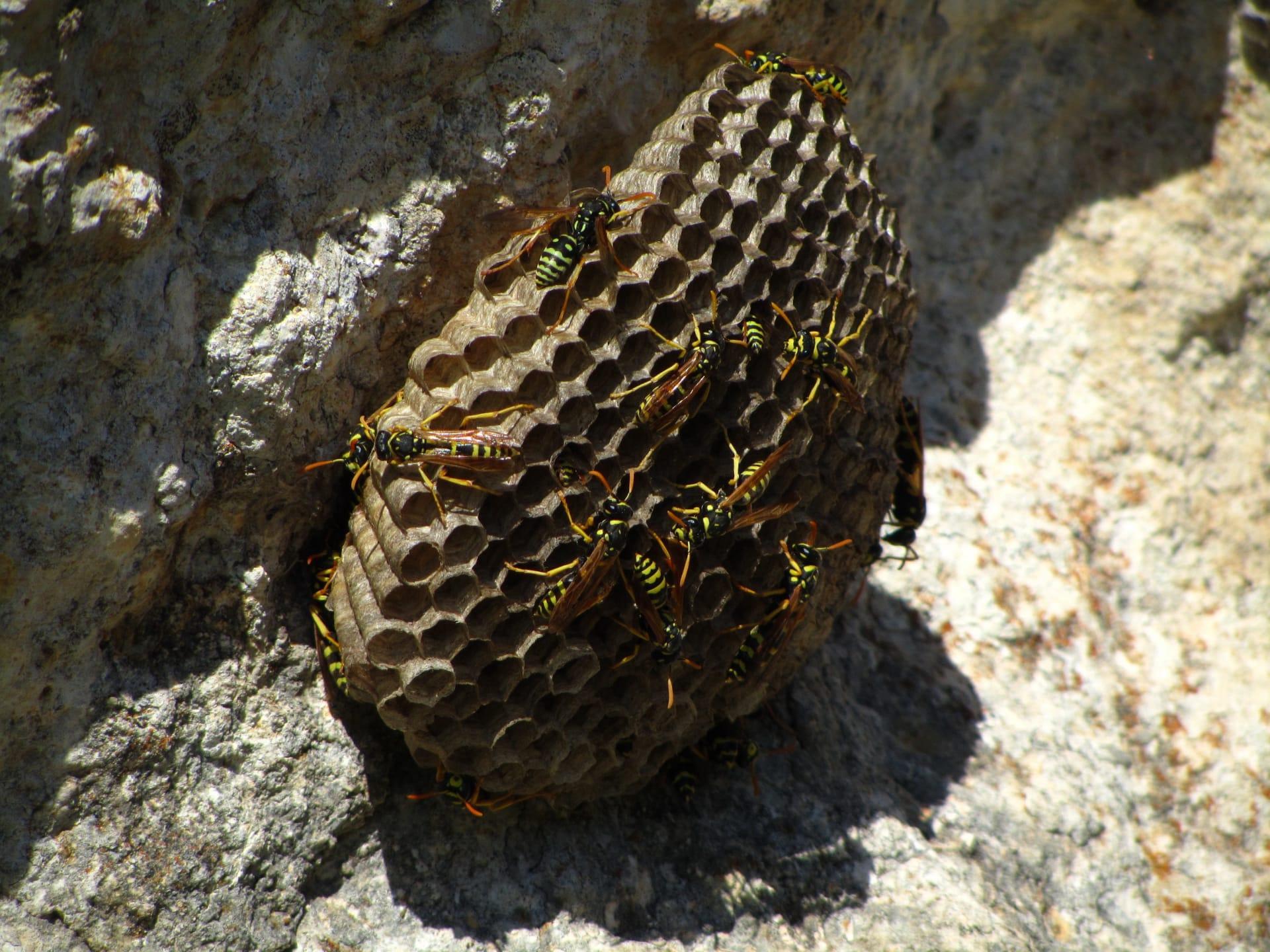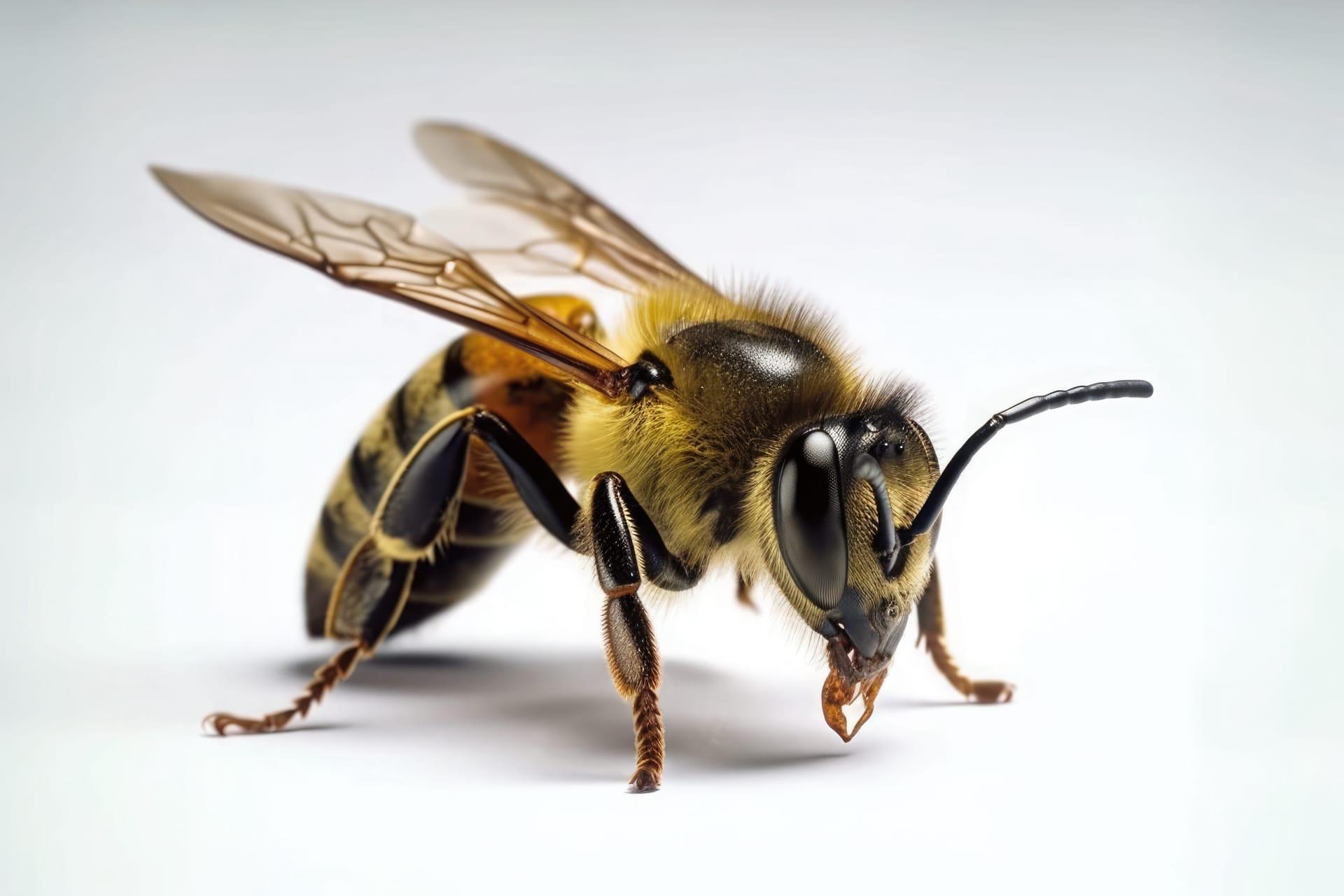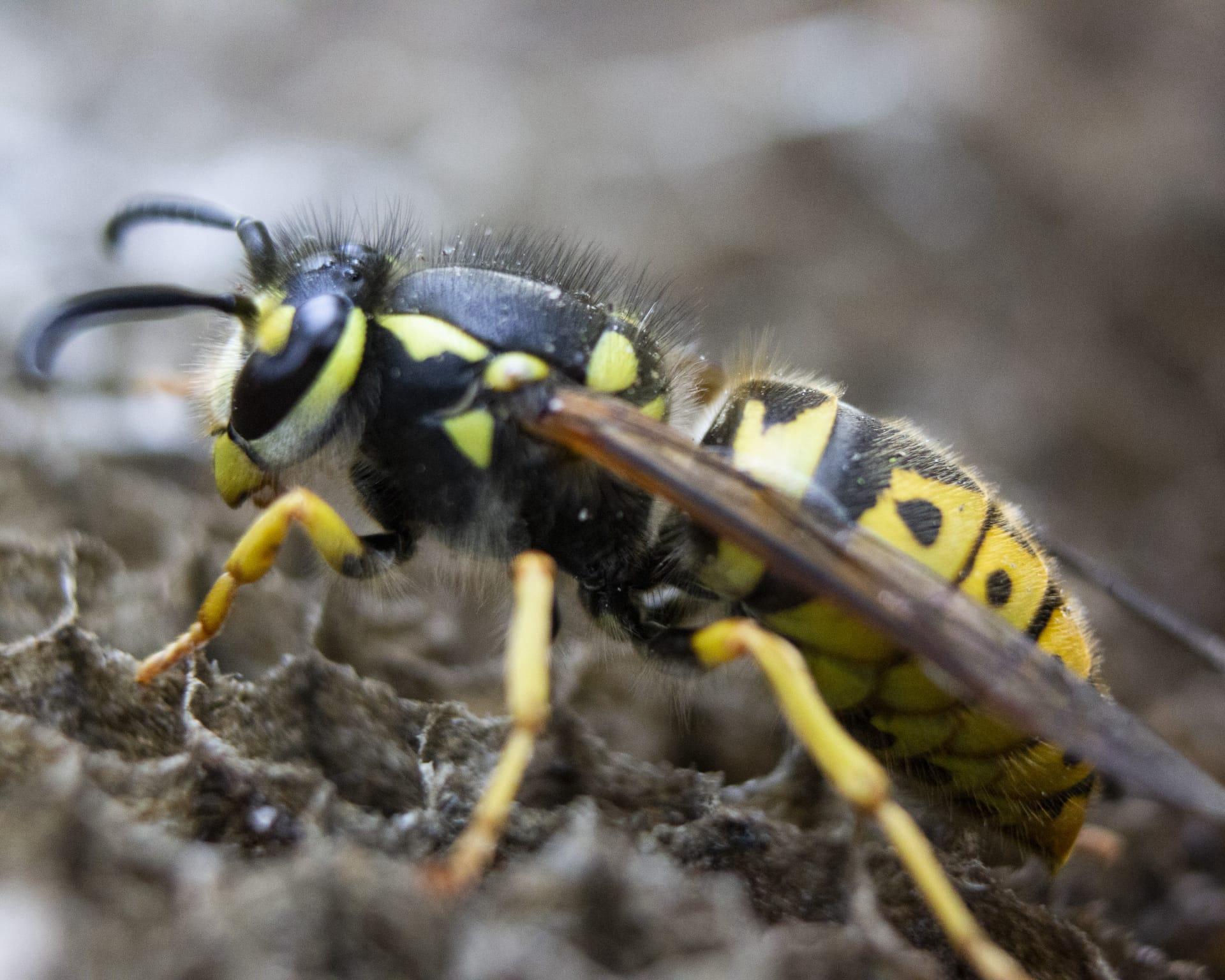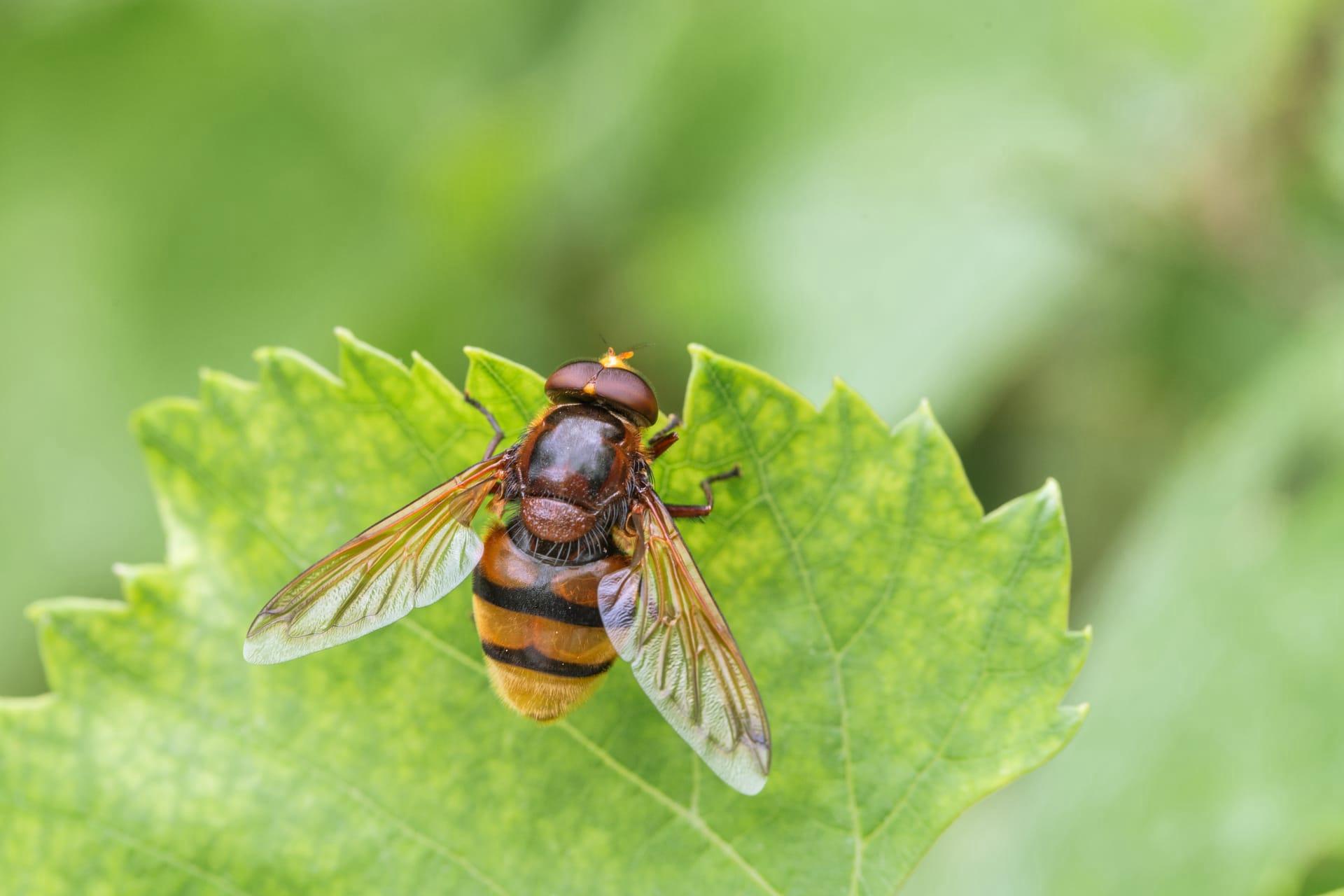1
Hornets, a type of social wasp, are known for their impressive size and striking appearance. The largest of the species, the Asian giant hornet, can reach up to 2 inches (5 cm) in length. This size advantage is not just for show; it allows them to overpower other insects easily. Hornets use their powerful mandibles, which can crush prey with remarkable force, to hunt a variety of insects. Their diet primarily consists of other insects, including bees, which they can decimate in significant numbers. A group of hornets can destroy an entire beehive in just a few hours, feeding on the bees and their larvae.
Hornets exhibit a fascinating behavior known as "heat balling." In this defensive mechanism, a group of hornets surround an intruder, like a predator or a rival hornet, and vibrate their flight muscles to generate heat. This raises the temperature to about 116°F (47°C), effectively "cooking" the intruder. This behavior is particularly notable in the Japanese hornet species, where they use this tactic against larger threats like birds and mammals. This unique strategy demonstrates the hornets' ability to work cooperatively and use their body heat as a weapon.

2
The life cycle of hornets is quite structured, with the queen playing a central role. In spring, the queen emerges from hibernation and starts a new colony. She begins by building a small nest and laying eggs. Once the eggs hatch, the larvae are fed by the queen until they mature into worker hornets. These workers then take over the job of expanding the nest and feeding the new larvae, while the queen continues to lay eggs. This cycle allows the colony to grow rapidly over the summer. By autumn, the nest reaches its peak size, often housing hundreds or even thousands of hornets.
Hornets are master architects. Their nests are marvels of natural engineering, often built in sheltered places like hollow trees, attics, or abandoned burrows. The nest's structure is made from chewed wood fibers mixed with saliva, creating a paper-like material. The nest has multiple layers of hexagonal cells, similar to a honeycomb, where the queen lays her eggs. The design of the nest, with its intricate layers and chambers, provides both strength and insulation, ensuring the survival of the colony through various weather conditions. The ability of hornets to construct these complex structures from simple materials is a testament to their remarkable adaptability and resourcefulness.

3
Hornets have a unique way of communicating with each other: pheromones. These chemical signals are used for various purposes, such as marking out territory, signaling distress, or indicating food sources. For example, when a hornet finds a rich food source, it releases a special pheromone to guide other members of the colony to the location. This efficient communication system is crucial for the survival of the colony, as it enables hornets to exploit food sources effectively and defend their territory against intruders.
Contrary to popular belief, hornets are not aggressively seeking to sting humans. Their stings are primarily a defense mechanism. Hornets will only sting if they feel threatened or if their nest is disturbed. The venom in a hornet's sting contains a mix of chemicals, including acetylcholine, which can cause more pain than a typical bee or wasp sting. However, hornets usually give warning signs before attacking, such as buzzing around intruders. This behavior is a part of their strategy to avoid unnecessary conflict while protecting their colony.

4
One of the more intriguing aspects of hornet biology is their vision. Hornets have large compound eyes and three simple eyes known as ocelli. This combination provides them with excellent vision, allowing them to detect movement and navigate effectively during their flights. Their eyes are particularly sensitive to light in the ultraviolet spectrum, which is invisible to humans. This ability helps them find flowers and other sources of food, as many plants reflect ultraviolet light.
Hornets play a vital role in their ecosystems as both predators and pollinators. As predators, they help control populations of other insects, including pests that can damage crops and gardens. Their role as pollinators is less well-known but equally important. While feeding on nectar, hornets inadvertently transfer pollen from flower to flower, aiding in plant reproduction. This dual role highlights the importance of hornets in maintaining ecological balance and biodiversity in their habitats.

5
The social structure of hornet colonies is both complex and efficient. The colony is divided into castes: the queen, the workers, and the males. The queen is the only fertile female and is responsible for laying all the eggs in the colony. Workers are sterile females that perform various tasks like foraging, building, and defending the nest. Males, also known as drones, are solely responsible for mating with the queen. This division of labor ensures the smooth functioning and survival of the colony, with each member playing a specific role.
Hornets have an intriguing method of regulating the temperature inside their nests. During hot weather, workers collect water and spread it around the nest. They then fan their wings to evaporate the water, effectively cooling the nest through evaporation. This natural form of air conditioning is vital for keeping the larvae and the queen at an optimal temperature for survival. This behavior demonstrates hornets' ability to adapt to their environment and use available resources to maintain the stability of their colony.